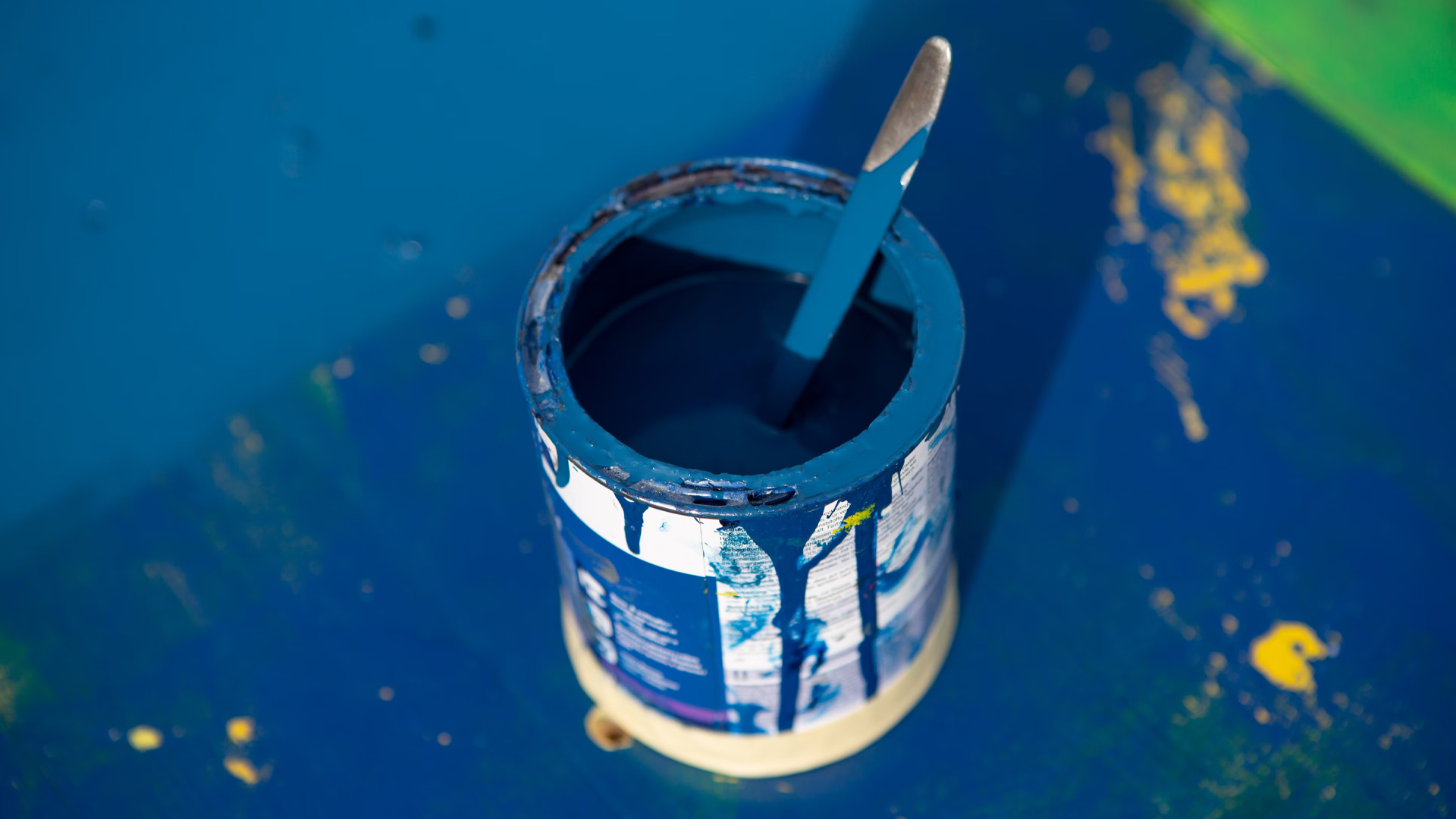Key Take Aways
Insulating your garage enhances energy efficiency, comfort, noise reduction, and protects stored items.
Choose the right insulation material: fibreglass batts (cost-effective), foam boards (space-saving), or spray foam (high performance).
Preparation is crucial: clear space, seal gaps, and repair surfaces before insulating.
Accurate measuring and cutting of insulation materials ensure a good fit; use protective gear when handling fibreglass.
Install insulation in walls and ceilings snugly without compression; orient vapour barriers correctly.
Seal gaps post-installation and cover with drywall or suitable material for fire safety, aesthetics, and improved insulation.
Don’t forget the garage door—use insulation kits or adapt foam boards to reduce heat loss.
Finish by weather-sealing windows and doors to eliminate drafts and maximise thermal performance.
Insulating Your Garage: A Step-by-Step Guide for UK Homeowners
In the UK, where weather can be unpredictable and often harsh, insulating your garage is not just an upgrade; it’s a necessity for energy conservation and efficiency. Not only does proper insulation keep your garage warmer in winter and cooler in summer, but it also contributes to reducing your overall energy costs. This guide will walk you through the process of insulating your garage, covering everything from the reasons to insulate, selecting the right materials, to the step-by-step installation process.
Why Insulate Your Garage?
The garage is often an overlooked area when it comes to home insulation. However, for many UK homes, the garage is either attached to the main living area or used as a workspace, making its insulation essential for several reasons:
- Energy Efficiency: An insulated garage acts as a thermal barrier, reducing heat loss in winter and heat gain in summer. This contributes to lower energy bills and a more comfortable living environment.
- Increased Comfort: For those using the garage as a workshop or utility room, insulation makes the space more comfortable to work in year-round.
- Noise Reduction: Insulation materials also serve as effective sound barriers, reducing the transfer of noise from the outside world into your garage and home.
- Protects Stored Items: Insulating your garage helps maintain a more consistent temperature, protecting any sensitive items stored from extreme temperature fluctuations.
Choosing Insulation Materials
When it comes to selecting insulation for your garage, there are several options available, each with its own set of benefits:
- Fibreglass Batts: Easy to install and cost-effective, fibreglass batts are a popular choice for DIYers. However, they require careful handling due to the fibres and chemicals.
- Foam Board: Rigid foam boards offer high insulation values with less thickness, making them ideal for limited spaces. They are also moisture resistant.
- Spray Foam: Although more expensive, spray foam provides a high R-value per inch and can seal gaps and cracks effectively, offering an excellent barrier against air and moisture infiltration.
Step-by-Step Insulation Process
1. Preparation
Before you begin, clear your garage of any items that may obstruct the insulation process. Ensure the walls and ceiling are in good repair, and seal any gaps or cracks with caulk or expanding foam. This step is crucial for maximising the effectiveness of your insulation.
2. Measure and Cut
Measure the area you wish to insulate carefully, and cut your chosen insulation material to fit these dimensions. For fibreglass batts or foam boards, a sharp utility knife will do the job. Always wear protective gear, such as gloves and a mask, especially when handling fibreglass.
3. Install the Insulation
- For Walls: Start at the top of the wall and work your way down, fitting the insulation between the wall studs. Ensure it’s snug but not compressed. If using fibreglass batts, the vapour barrier (if included) should face the interior of the garage.
- For Ceilings: The process is similar to wall insulation. If your garage has an open ceiling with visible roof trusses, fit the insulation between the trusses.
4. Seal and Cover
Once the insulation is in place, seal any gaps with tape (specifically designed for your insulation type) to enhance the thermal barrier. For added protection and a more finished look, you can cover the insulation with drywall or another suitable material. This step is particularly important for fire safety and aesthetics.
5. Consider Insulating the Garage Door
Don’t forget about the garage door. There are specific insulation kits for garage doors, or you can adapt foam board insulation to fit. Insulating the door is vital for maintaining a consistent temperature and maximising energy efficiency.
6. Final Checks
After installation, check around the garage for any areas you may have missed or where air might still penetrate. Pay special attention to windows and doors, and consider adding weather stripping or additional sealing if necessary.
Conclusion
Insulating your garage is a practical and cost-effective way to enhance your home’s energy efficiency and comfort. By following this step-by-step guide, UK homeowners can undertake this project with confidence, knowing they’re making a smart investment in their home and the environment.
Next Steps
Are you considering further improvements to protect your home from the unpredictable UK weather? All Weather Coating offers professional exterior wall coatings and weatherproofing services designed to complement your home insulation efforts. Contact us or send an enquiry to learn how we can help safeguard your home against the elements, increase its energy efficiency, and enhance its overall value.





